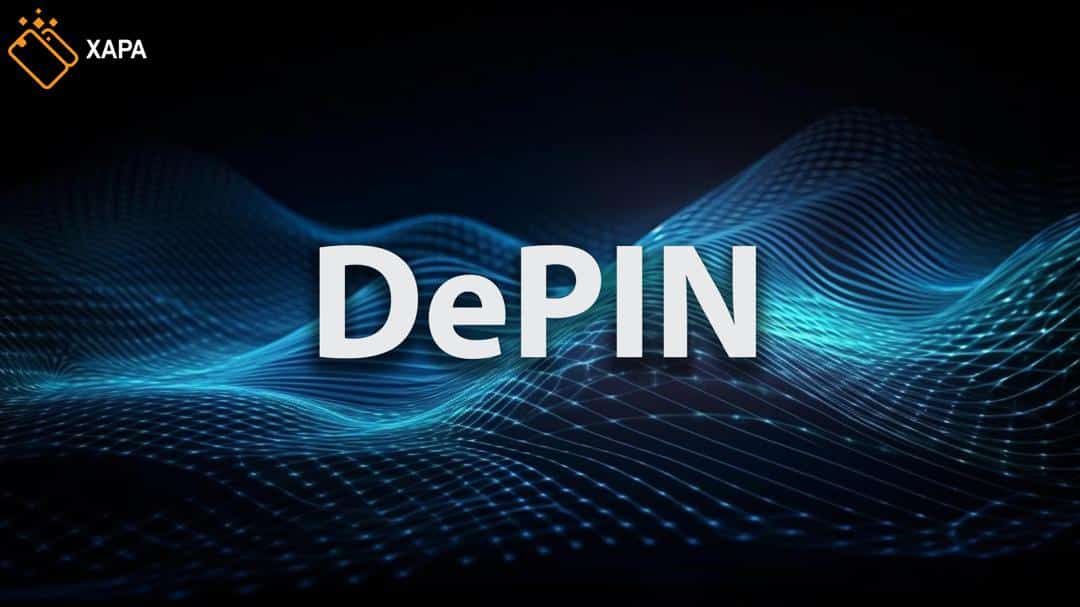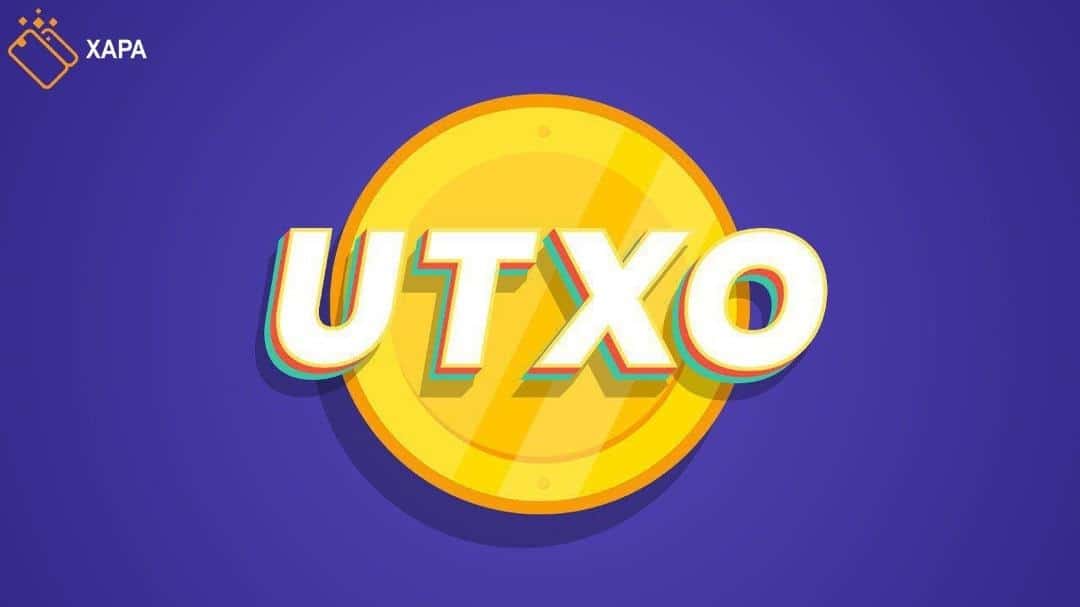
Introduction of Terms About Cryptocurrencies
Cryptocurrencies
One of the main concepts of cryptocurrencies is cryptocurrencies, which are managed independently of the banking system and government of each country. These cryptocurrencies are encrypted to prevent fraud and increase security and can only be used on the Internet and in the digital world.
Blockchain
This word is created by putting the two words block and chain together. In each block, separate information is recorded and added to the chain of previous blocks. This concept was first used with the formation of cryptocurrencies. Blockchain is an information and data recording system that, with encryption, cannot be hacked or manipulated. Blockchain information is shared with all users.
Altcoin
Altcoin means coin or alternative coin. Bitcoin was the first cryptocurrency to be invented, and since then many cryptocurrencies such as Ethereum, Monroe, and Ripple have entered the market, and the term Altcoin refers to all cryptocurrencies invented after Bitcoin.
Stablecoin
Stablecoin is cryptocurrencies that despite their fixed value, they are used to reduce market fluctuations and stabilize the price of coins. Unlike other coins that operate independently, stable currencies are usually backed by government currencies, gold, or other cryptocurrencies.
ShitCoin
It is one of the newest concepts of cryptocurrencies and refers to the cryptocurrencies that have been created in recent years, due to the upward growth of the number of cryptocurrencies. Currently, there are about 22,000 currency codes, many of which are bitcoin.
Token
Basically, each blockchain has its own coin, while tokens on the blockchain platform are developed and used by other coins, especially Ethereum.
White paper
The white paper is actually a document in the form of a pdf file in which information about all the details of new cryptocurrencies, the technology in its design is mentioned. In general, the whitepaper refers to the problems that developers intend to solve with their currency code.

Introduction of terms Cryptocurrencies
Decentralization
One of the most important terms in cryptocurrencies is decentralized, which actually means that information and data are not centralized in one organization and exist throughout the network.
Consensus Algorithms
This method by which members of a blockchain network agree is called consensus algorithms. One of the main applications of the agreement consensus algorithm is to validate a block transaction. Two proofs of work and proof of stake algorithms are used in blockchain.
Hash Rate
Hash rate is one of the concepts of cryptocurrencies and is in fact the measure and unit of measure by which the speed of solving the hash function is determined by the miner.
Double Spending
This phrase means spending money twice. Since cryptocurrencies are not physical currencies, it is possible to duplicate and spend them twice; But with this security system, it is not possible to copy cryptocurrencies or spend them twice. With accurate registration of transactions and assets in the blockchain, the probability of double-spending has reached zero.
51% Attack
When the network uses the proof of work system, it may be attacked by 51%; 51% attack is done by miners. When an individual or group succeeds in gaining 51% of the network power and achieving the highest hash rate, they can attack the network.
In fact, an attack means the ability to reverse the transaction, manipulate transactions, and delete them. These people can generate coins outside the protocol and steal other coins. If the network is attacked by 51%, the activity and transactions are stopped and the blocks are re-examined and corrected.
Cryptocurrencies Exchange
With the development of the world of cryptocurrencies in recent years, the concepts of cryptocurrencies have also expanded. Cryptocurrency exchanges or crypto exchange are some of these cases, the number of which has increased in recent years around the world. Cryptocurrency exchanges are online websites where a particular currency code is exchanged for another type of cryptocurrency. Exchanges charge a fee for the exchanges made.
Halving
Halving is derived from the English word half. Halving the bitcoin reward after extracting every 210,000 blocks is called halving. This system was developed by Satoshi, the creator of Bitcoin, to prevent inflation, bitcoin depletion, and supply and demand control in general. Rewards are halved every four years. The last Halloween happened in 2020.

terms Cryptocurrencies
Fiat Currency
Usually, each drawer is backed by the number of assets and gold reserves of that country; But Fiat money is money that has no backing and its value depends on the amount of supply and demand; Like the US dollar.
Fork
Each cryptocurrency operates with its own rules and protocols. As long as these protocols are acceptable to all programmers, the blocks in the blockchain will continue to operate; But if for any reason the programmers have a problem with the existing protocol and want to change the term, they will update the block. It is called updating or creating a new block fork.
Soft fork
If the changes made to the blocks are superficial and minor, the so-called soft fork is done.
Hard fork
Unlike in the previous case, the previous consensus laws have been completely abandoned and replaced by new laws and protocols (instructions).
Initial coin offering (ICO)
Initial coin offering is called ICO. Funding is very important for the implementation of ideas and projects related to cryptocurrencies and finally the launch of startups. Some of these projects are funded by cryptocurrencies. An event in which a startup budget is collected in cryptocurrencies is called an ICO. In this event, investors invest in the project with cryptocurrencies and receive blockchain tokens in return.
Distributed ledger
It is actually a very high-security database that is shared jointly across several sites and institutions. This database is accessible by several people and allows public control transactions, but it is not possible to delete or change the information recorded in it.
Node
Nodes are computer systems that are connected to a blockchain network to verify and verify transactions. The information in each of the blocks of a blockchain is stored in nodes.
Wallet
It is one of the most common cryptocurrency terms and refers to the user’s digital wallet. A wallet is a piece of software (app) that allows a user to store their cryptocurrencies and use it to trade. Private and public keys are used in the wallet.
Private Key
It is one of the three methods of cryptography. The 51-character private key consists of English letters and numbers, which increase the security of cryptocurrencies in the user’s wallet and prevent unauthorized access. Keeping the private key is very important because without it the user can not withdraw the currencies in their digital wallet.
Public Key
The public key consists of several characters of English letters and numbers and, like the private key, plays a role in securing the user’s wallet. The public key is available in various formats such as compressed, uncompressed, and wif. This key is the address of the user’s wallet and is shared with other people to receive the currency password.
Mining
The process by which transactions are verified using computers based on the solution of encrypted mathematical problems is called mining. Finally, after confirming the transaction, a new block is added to the previous blockchain.
People who voluntarily provide their computers and extraction devices to the network to perform mathematical calculations are called miners. These people maintain network security and decentralize the production of new bit units and receive rewards in return. Group mining is called group mining.
Mining pool
This term is used when the miners of a network integrate their mining devices centrally to perform mathematical calculations and increase the chances of extraction. These people have agreed to share the block reward.
Conclusion
No one knows what awaits Bitcoin and other cryptocurrencies, not even Bitcoin suspects, not Bitcoin fans, not even Satoshi Nakamoto himself. Many of the sharpest minds in the cryptocurrency, welcome this uncertainty. They have no problem with the ambiguity of the future and even believe that this is one of the attractions of Bitcoin. Elizabeth Stark, CEO of Lightning Labs, says many of the key uses the future of crypto currency are what we now think they are considered insane, just like in the days before Wikipedia, when the idea of an encyclopedia that anyone could edit seemed silly.





